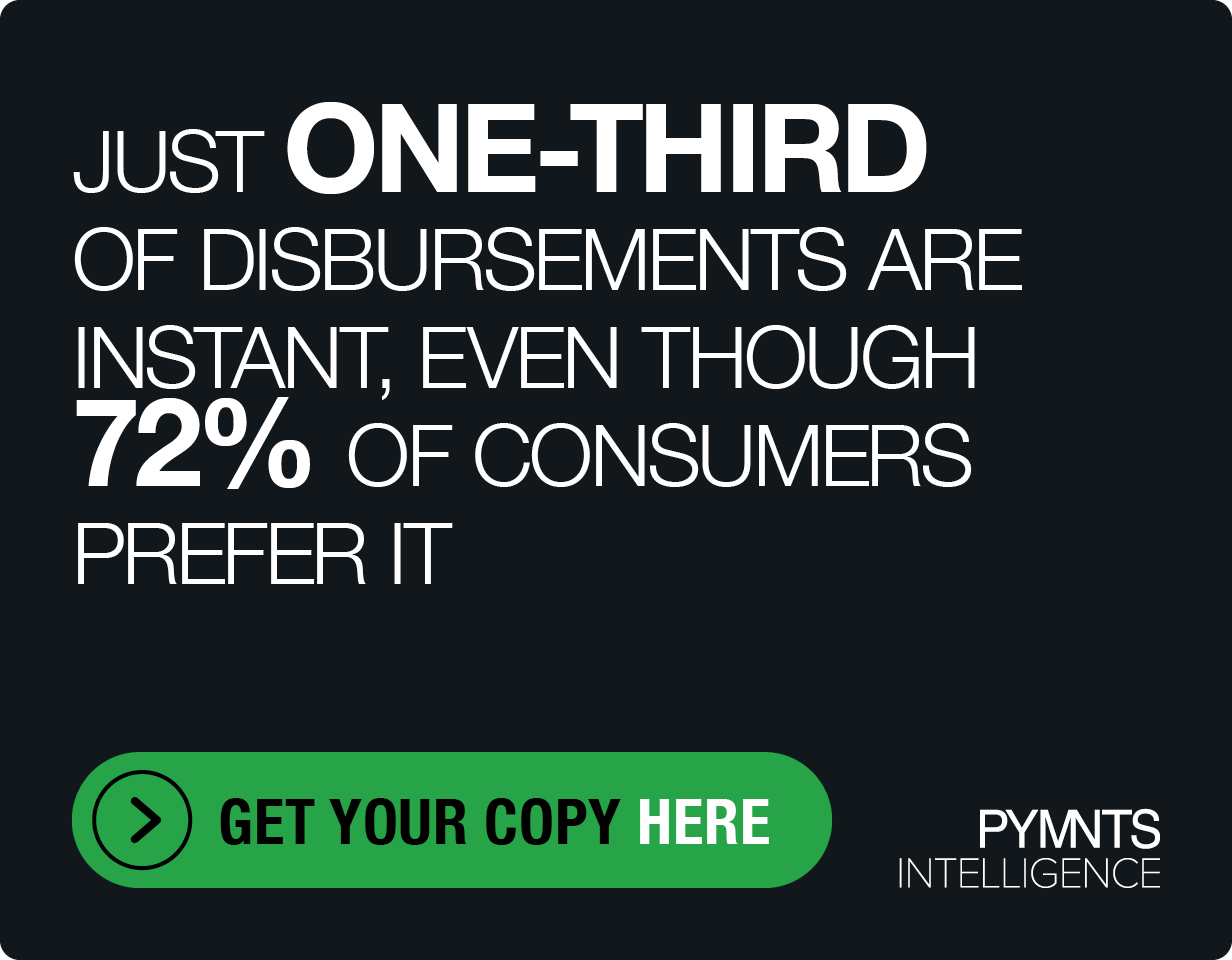Why Crypto Needed Celebrity Influencers and Generative AI Does Not

The go-to-market positioning an innovation takes can tell you a lot about it.
So can the way that innovation promotes itself and the who, how and where it chooses to do it.
And the contrast in marketing strategies and overall hype-tack couldn’t be more stark between the past decade’s two buzziest disruptions: cryptocurrencies and artificial intelligence (AI).
This as more news comes out about the celebrities the failed — and allegedly criminally operated — crypto exchange FTX paid to shill its fraudulent platform, with glitzy former power couple Tom Brady and Giselle Bündchen losing nearly $50 million along the way and rumors swirling around the details of a $100 million sponsorship deal with singer-songwriter sensation Taylor Swift — now on track to make over a billion dollars on her latest tour.
That’s because, to capture the discretionary income and investment dreams of a mainstream audience, the crypto industry turned to a harem of celebrities, including Matt Damon, Paris Hilton, Lindsay Lohan, Snoop Dogg, Shaq, Reese Witherspoon and many more to blitz scale its democratization of the crypto category.
Fittingly, given the hype-fueled marketing approach, earnings from crypto are generally perceived more like lottery winnings rather than a persistent increase in wealth by digital asset holders.
The sector’s real-world utility, more than a decade into its commercialization, remains somewhat shrouded.
The rise of artificial intelligence, for its part, is being heralded by an entirely separate class of promotors and influencers: academics, inventors, and intellectual authorities.
And, accordingly, the sector’s emergent generative AI platforms and products have their sights set firmly on enterprise adoption rather than mass market individual use.
Read More: 10 Insiders on Generative AI’s Impact Across the Enterprise
Narrative-led Business Models
The goal for AI is not to prove its utility within a business setting but to scale its applications across enterprise settings to help firms reap efficiencies by automating previously routine or laborious tasks, as well as drive competitive differentiation by providing data-driven, dynamic personalization across previously rote and one-size-fits-all engagements.
The popular narratives around the technology have so far served to highlight its revolutionary and, at times, “scary” capabilities, hoping to underscore the disruptive power of AI models while coming at the “fear of missing out” (FOMO) angle from a different perspective.
And it is working.
As PYMNTS reported, around 40% of executives said there is an urgent necessity to adopt generative artificial intelligence, and the generative AI market is expected to grow to $1.3 trillion by 2032, compared to $40 billion in 2022.
Big tech companies have increasingly leaned on AI applications to stabilize their businesses after a brutal year.
However, many of these same executives did not even know whether their companies were ready or able to adopt AI technology. Sixty-two percent of executives said they do not think their companies have the AI skills they need for a successful deployment.
“As exciting as AI technology is, it’s still new for most, and expertise is hard to come by,” Taylor Lowe, CEO and co-founder of large language model (LLM) developer platform Metal, told PYMNTS.
Read More: The Cost of Doing AI Business
Harnessing the Utility of AI Solutions
AI technology can have a right-now enterprise impact across areas that include automating billing and accounting reconciliations, updating customer relationship management (CRM) and enterprise resource planning (ERP) systems in real time without the need for manual intervention, and extracting information from legal and contractual documents using natural language processing (NLP).
“This didn’t happen overnight,” Amir Wain, CEO and chairman at i2c, told PYMNTS in an earlier discussion. “There’s been a lot of work going on in AI, and now the product is at a stage where it can be deployed commercially across various applications.”
Broadly speaking, AI solutions can improve any process that has large data volumes and is complex — a capability that is only growing more attractive as every sector has its own “data moment,” enacting the ways that layering statistical analysis over a modern infrastructure needed to gather, process and produce insights from data can form a flywheel of digitally powered and automated solutions.
“Things are doubling every few weeks, two months,” Patrick Murphy, founder and CEO at Togal.AI, told PYMNTS in April about advances in generative AI’s commercial applications.
And while the dynamic narratives around both AI and crypto ultimately serve the same purpose — education and adoption — it’s important for firms to remember that any technical innovations they plan to integrate into their workflows should, at the end of the day, serve just that: a purpose.

